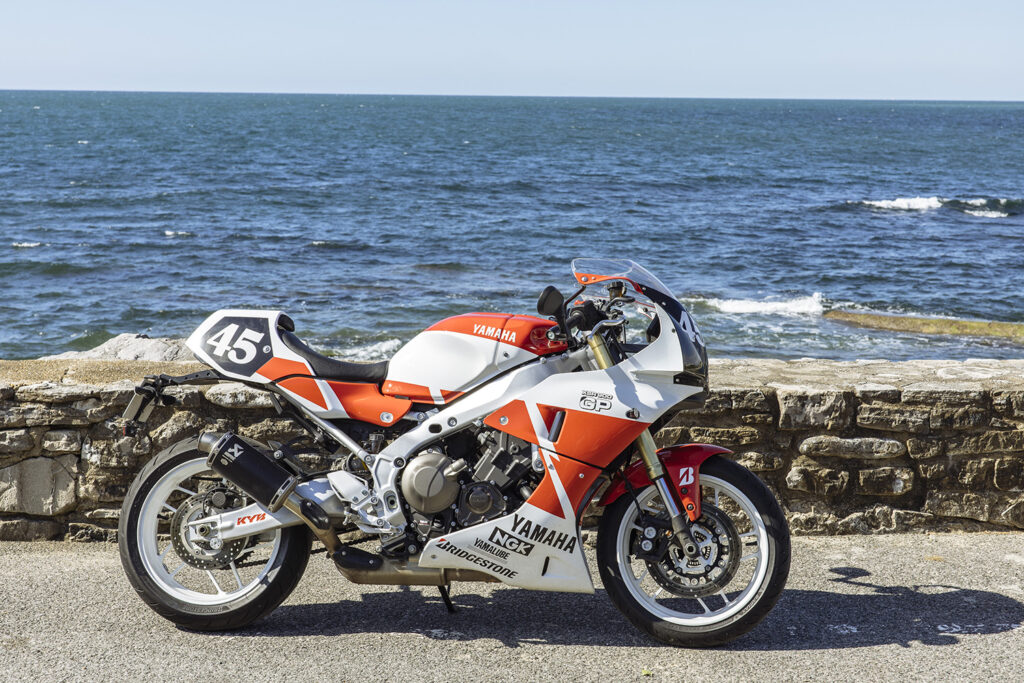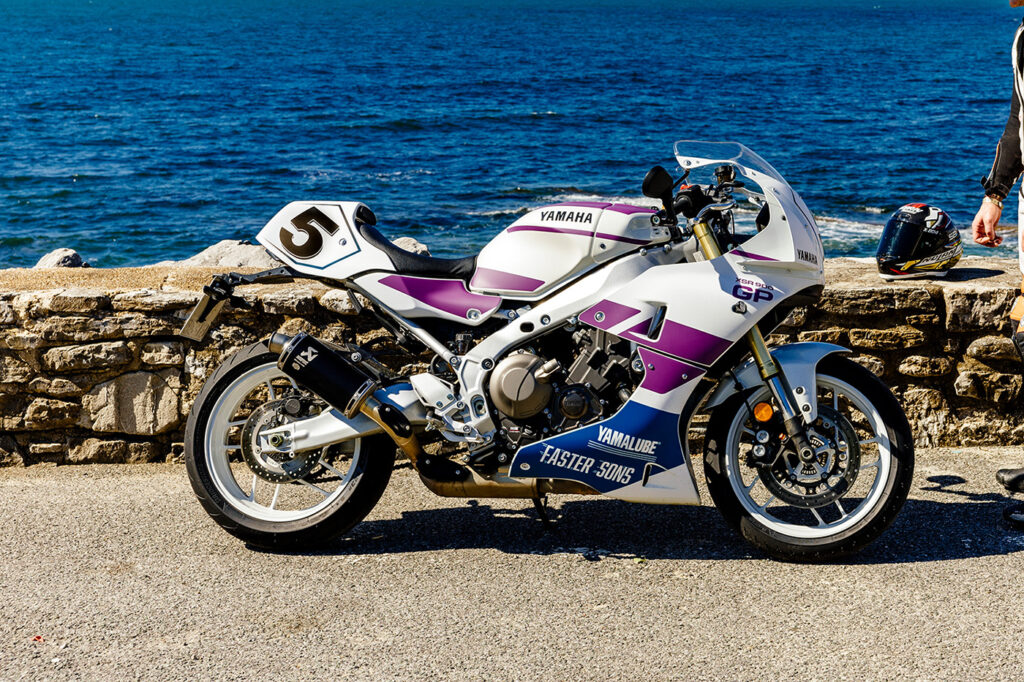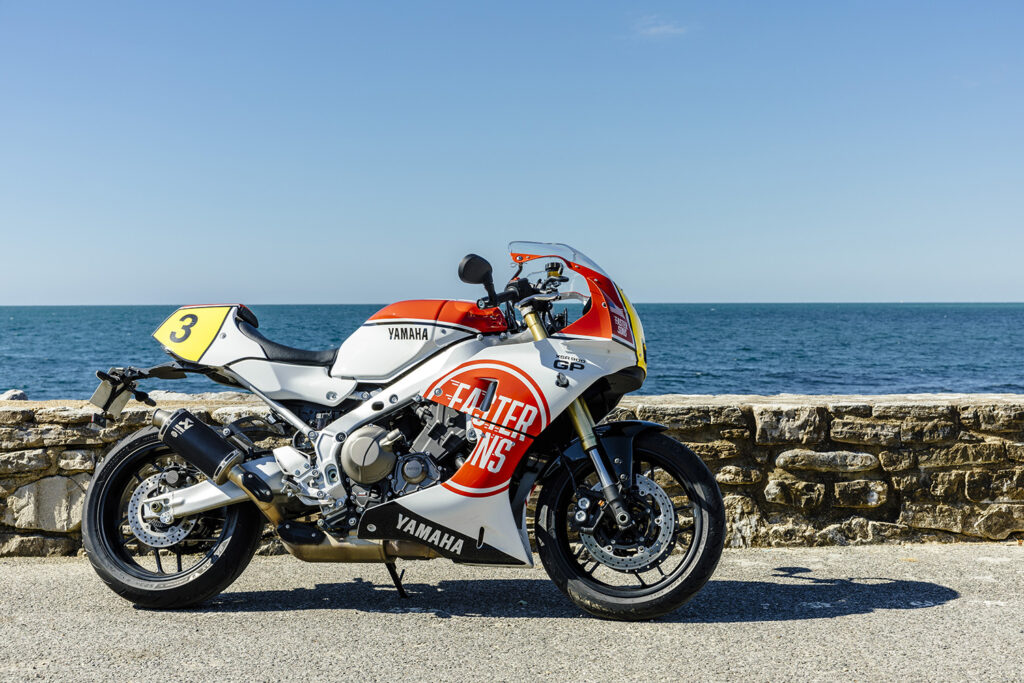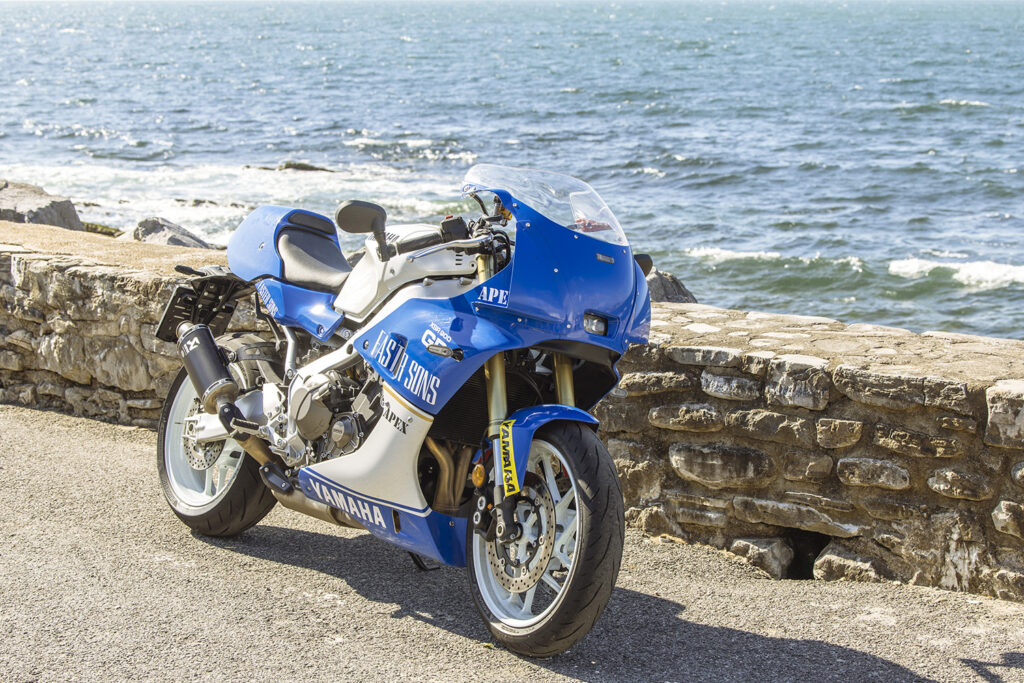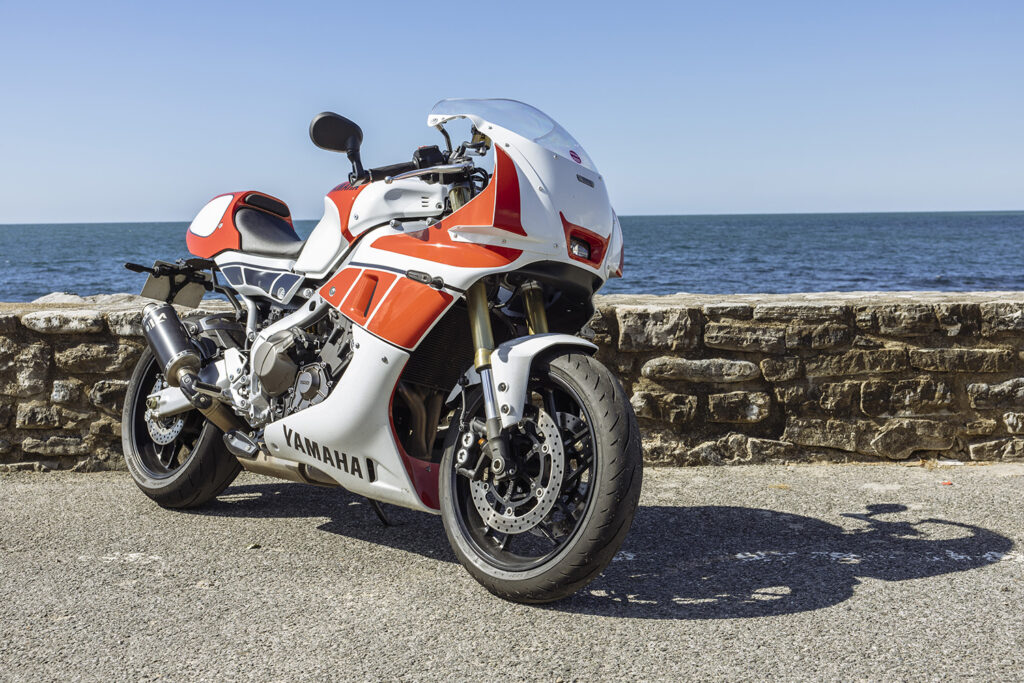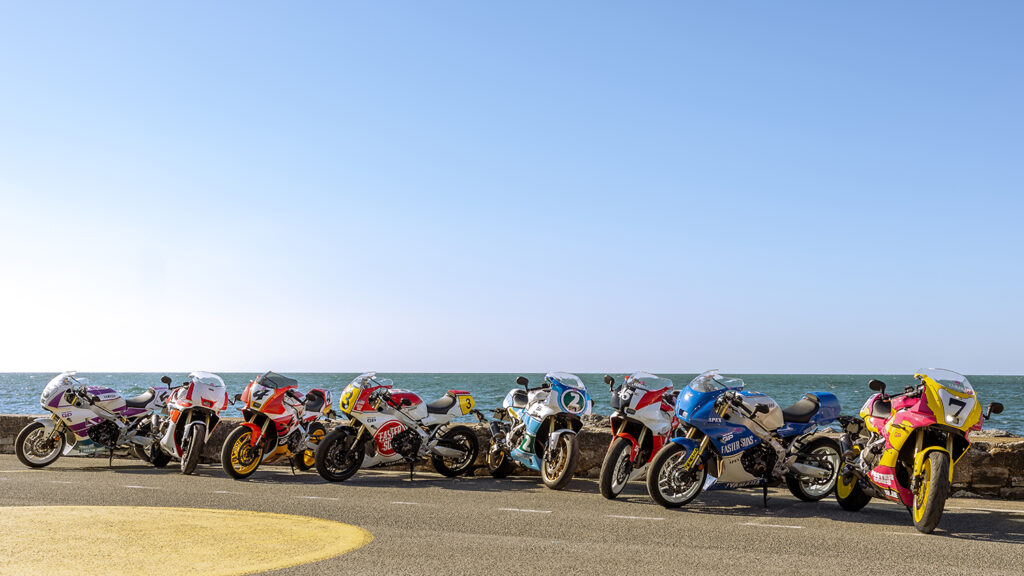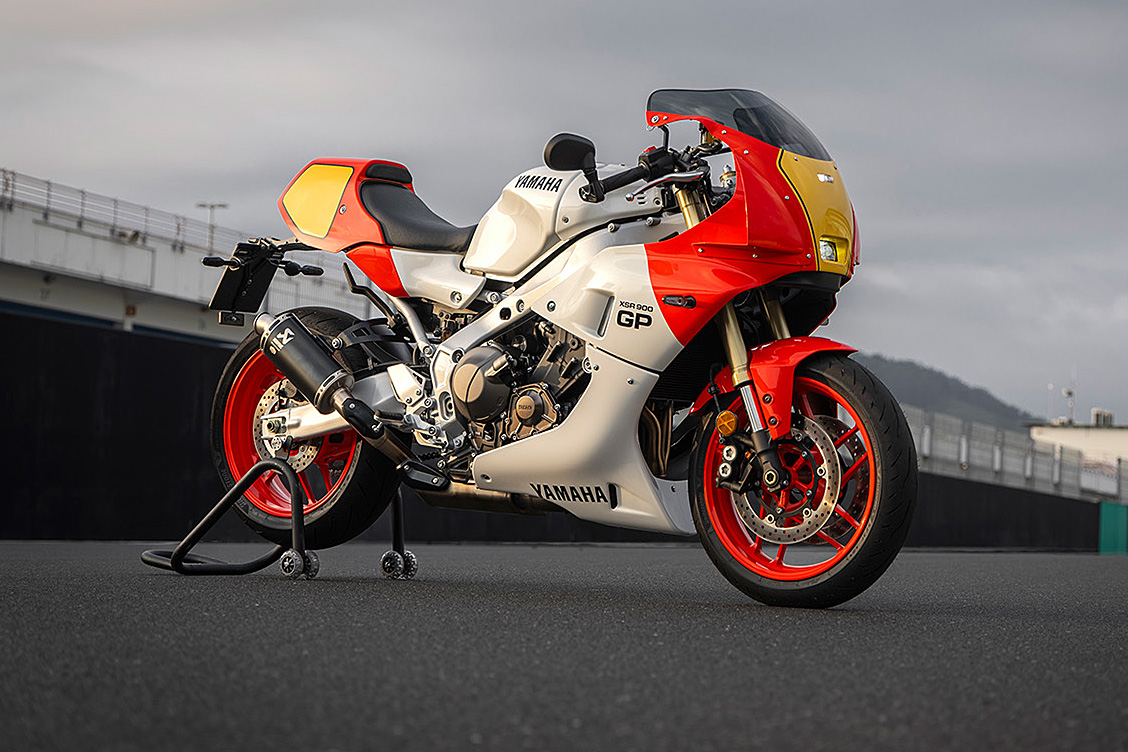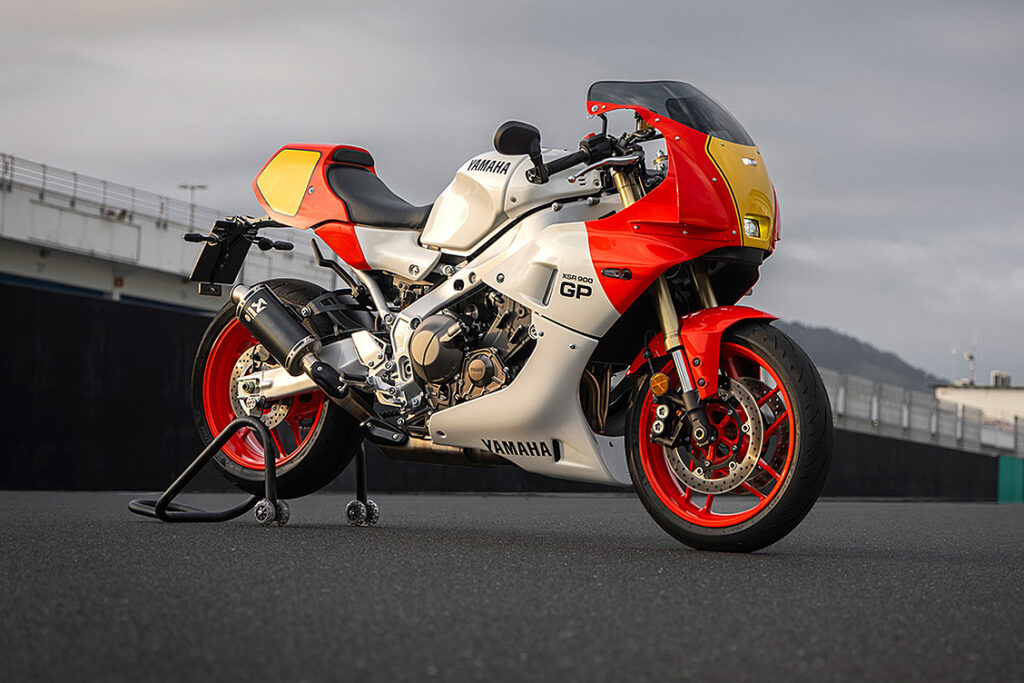
The last ten years have seen a practically invasive swarm of modern retro motorcycles, and there is no doubt they’ve been very good and bloody popular! But, having just come back from throwing a leg over a 2024 Yamaha XSR900 GP, there is a new king to be crowned. And it’s not just in its segment that this machine leads the pack; it may just be the best bang-for-your-buck motorcycle that money can buy. It’s got that barnstorming CP3 triple engine, the stunning looks of a classic racer, all the tech you could possibly desire, and it’s absolutely brilliant whether you’re canyon carving or just cruising the local café strip. So, let’s take a closer look at the XSR900 GP, discuss the first five modifications we’d make, and soak in the goodness of examples from Yamaha’s Yard Built program.
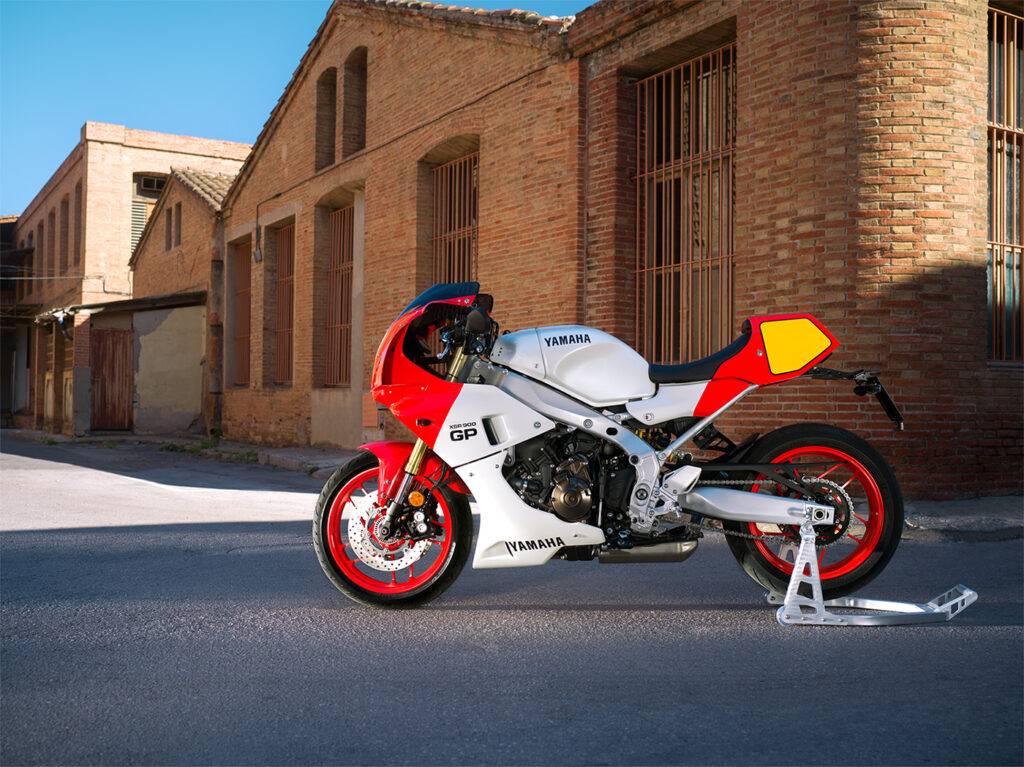
The Iwata-based factory has been one of the most committed proponents of the modern retro machine, released as part of what the company calls their ‘Sport Heritage’ range. From the neo-classic XSR range to the Bolt series of cruisers and now the classic sportbike GP, the line-up has something for everyone, and each market has had a range tailored to suit its needs. But what the GP adds to the mix is a motorcycle for the true enthusiast rider, the person who likes to ride hard on the street and even harder on the track, and expects their machine to deliver the performance to do it in style.
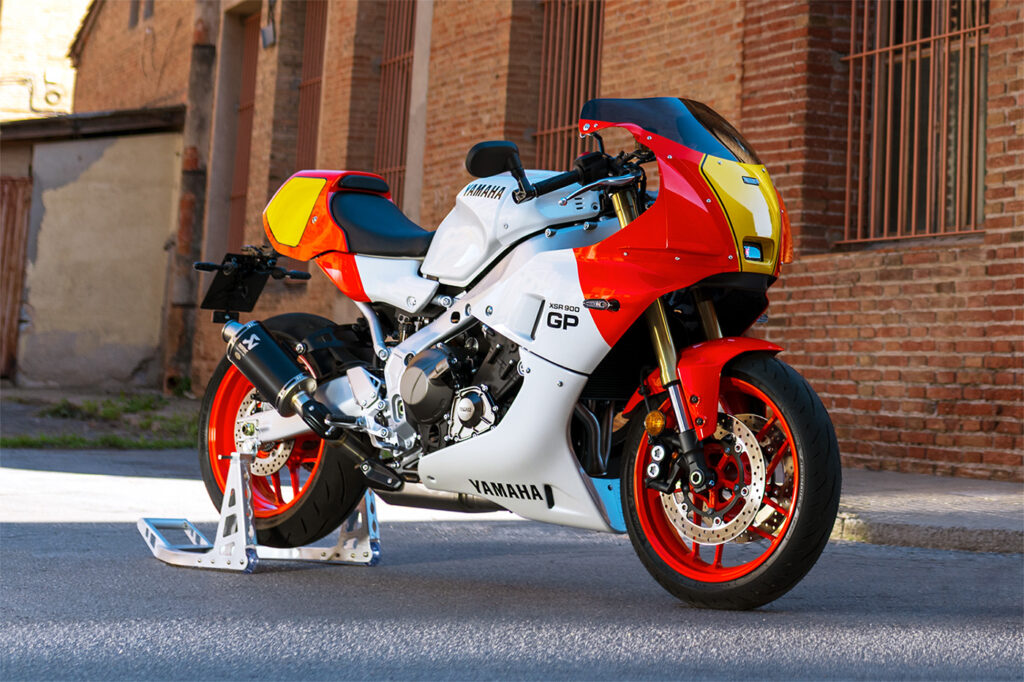
And that’s exactly what the GP gives you! Starting with the chassis, the legendary Deltabox-style frame has just the right amount of rigidity and flex where you want it, with improved stiffness around the headstock, a reinforced subframe, and an aluminium steering stem. And the suspension has been tuned to match, “The KYB upside-down front forks are fully adjustable for preload and compression damping as well as rebound damping so that the ideal setup can be found for front-end feel.” The rear end is just as impressive, with a link-type setup controlled by a fully adjustable KYB shock.

Then there is that engine, a screaming triple with 117bhp and 93Nm of torque, providing the sweetest midrange power of any engine to come out of Japan. It’s a big statement, but this bike just charges off corners, and with an up-and-down quick-shifter and a slipper clutch, you can unleash that grunt at will. Yamaha has made that even more rewarding by adding the R1-derived 6-axis IMU, which controls the extensive suite of rider aids, including lean-sensitive traction control and ABS, slide control, and front wheel lift control. Finally, Yamaha has addressed its wooden-feeling brakes with a Brembo master cylinder.
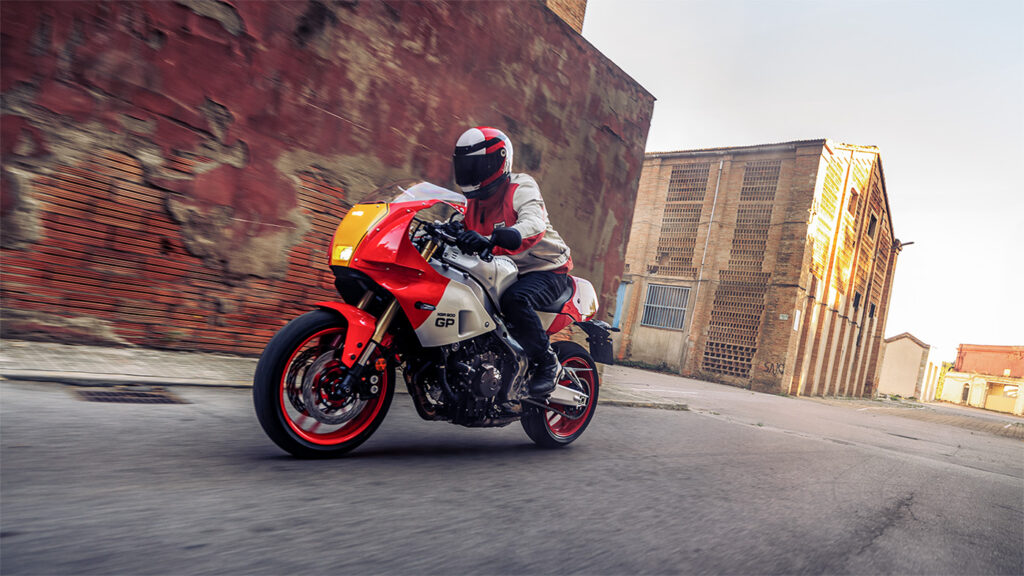
But even when you’re not giving the GP the beans, it looks gorgeous just standing still. It has the right mix of FZ, TZ, and Thunderace-inspired looks to really go with that iconic legend red, white, and yellow paint scheme. But this is Pipeburn, and no bike stays stock around here. The first modification we’d make is to tick the box at your local dealer for the Akrapovic titanium full exhaust system. It not only gives you a few extra ponies but also unleashes a symphonic soundtrack that will make any rider feel like they’re mid-pack in a MotoGP race. To improve the gains from the exhaust and fix the choppy throttle, this bike needs an ECU flash tune, even if only to smooth out the power delivery.
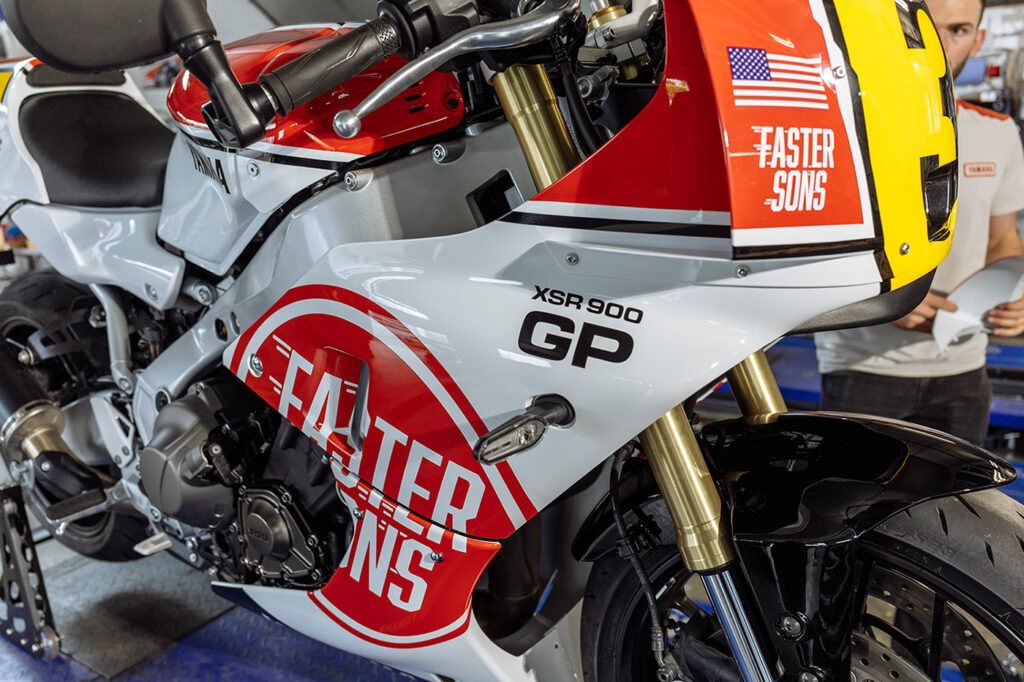
Now, as good as the suspension is from the factory, and it is good, if you’re someone who wants to hit the track or really push a bike hard, it needs upgrading. The front end could easily be tweaked by an experienced workshop, but the rear end needs improved damping and to come up 20mm, which you can do with an Ohlins STX 46 shock, a bolt-on proposition. The next thing to change is improving the riding position. The seat is firm, but the bigger problem is the bars. So, grab yourself an adjustable set of clip-ons from the likes of Woodcraft and quality grips, enabling you to tailor their position to your liking. Finally, tyres, give the factory-spec Bridgestones a good thrashing as you learn the bike, and then add bulk grip and lower lap times with some Metzeler Racetec RRs.
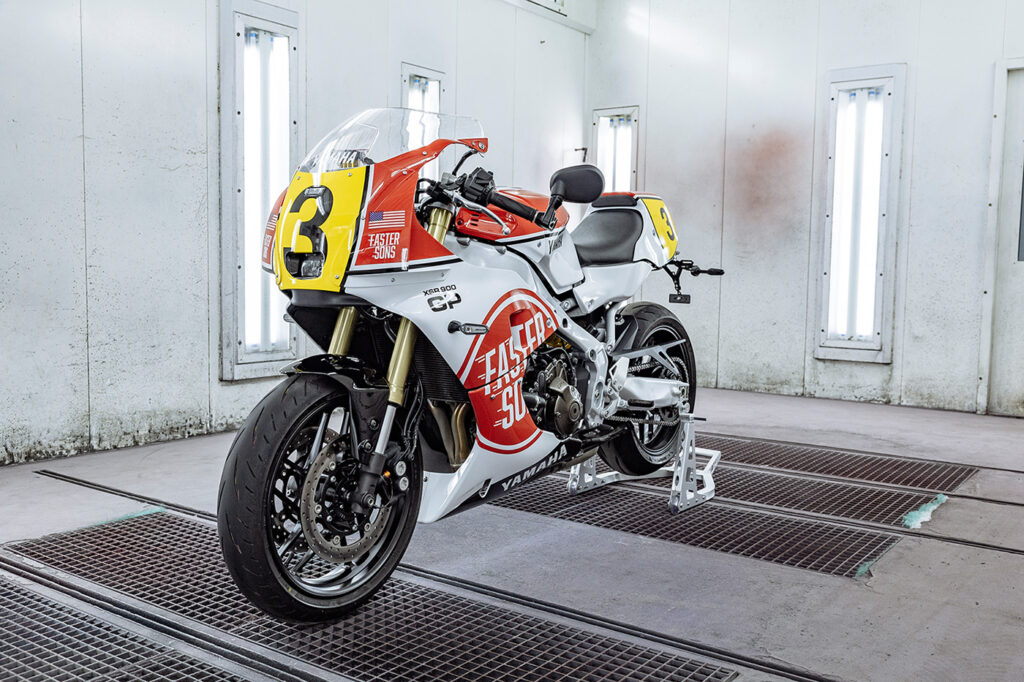
Okay, so there is one other thing we’d change, but thankfully all the inspiration you’d ever need for a visual makeover has been provided by Yamaha via their “2024 Yard Built project, ‘Back to the Paddock’, an exciting new approach to Yard Built that focuses on iconic Yamaha motorcycle riders of the 1980s and 1990s.” This is your chance to give your XSR GP the livery of your racing hero, and at this year’s Wheels and Waves festival, Yamaha Motor Europe had nostalgic designs on display, from the iconic blue and white livery of Frenchman Christian Sarron’s 1984 title-winning TZ250 to the legendary Haga/Edwards YZF750 that won the 1996 Suzuka 8 Hours.
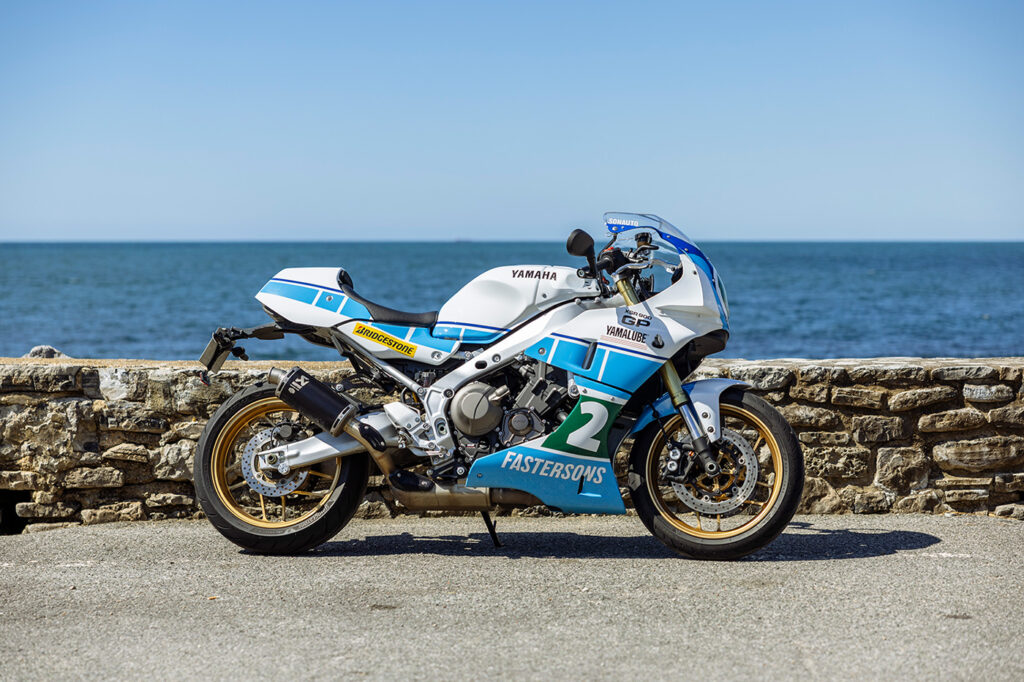
There was also a beautiful recreation of Fabrizio Pirovano’s livery done by Yamaha Germany, and the crowd favourite, a Randy Mamola creation by YME. But for me, it would be down to my local race graphics company to recreate the work of Yamaha UK, who got in on the action by crafting a yellow and purple masterpiece reminiscent of Eddie Lawson’s historic 1993 Daytona 200 victory on the Vance & Hines FZR750RR OW-01. All of this is to say that the XSR900 GP is not just a motorcycle that you can have fun customising; it’s a machine that is truly a smile a mile. You can barely fault it, only tweak it at the edges to make the end product that much better. For me, Yamaha has taken the crown, fitting for a bike that takes its inspiration from an era sparked by King Kenny Roberts.
